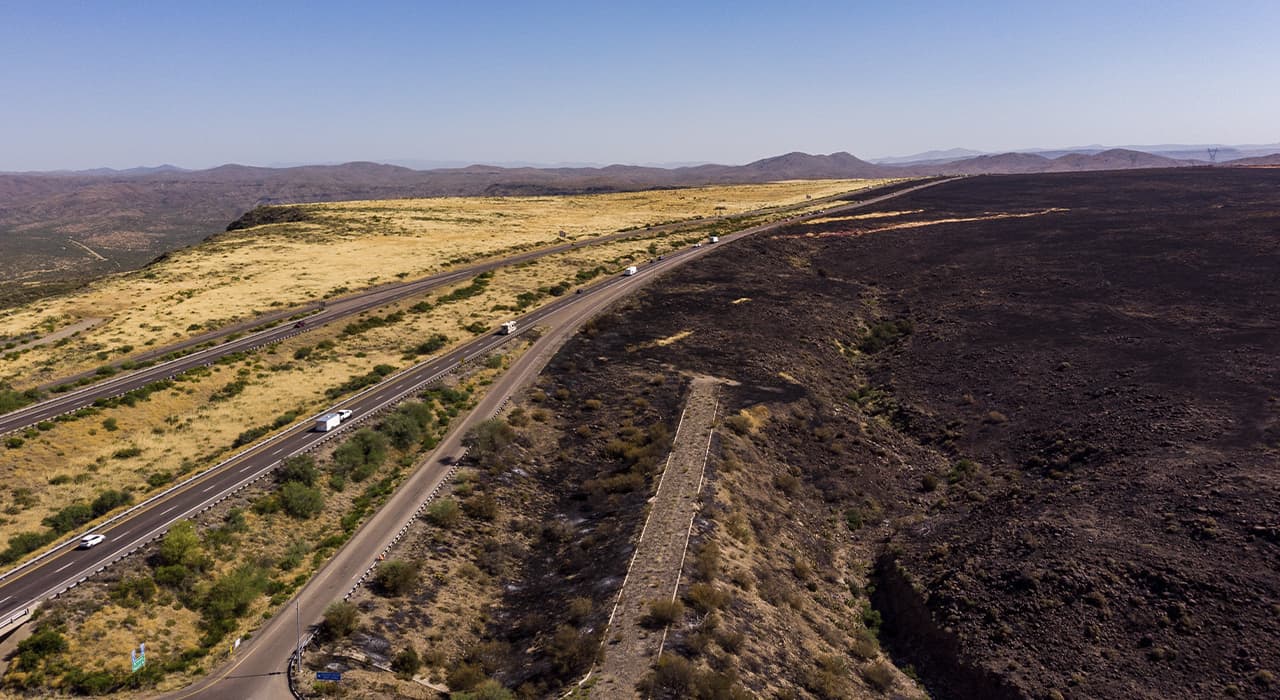Yuma is a city and the administrative centre of Yuma County, Arizona, USA. The city had a population of 93,064 in the 2010 census, up from 77,515 in the 2000 census.
Yuma is the principal city of the metropolitan statistical area of Yuma, Arizona, which consists of Yuma County. According to the US Census Bureau, the estimated population of the Yuma MSA for 2020 is 203,247. According to the Guinness Book of World Records, Yuma is “the sunniest city on earth”, promising sunshine and warm weather for at least 91% of the year.
Yuma’s weather also makes it an agricultural centre with over 175 types of crops, the largest of which is lettuce. Yuma County provides 90% of all leafy vegetables in the United States. Yuma is also known for its large military population because of several military bases, including a Marine Corps air base.
Yuma is located in the southwestern corner of the state, in the Sonora Desert, a sub-region of the Yuma Desert.
The area’s first settlers were Indian cultures and historical tribes for thousands of years. Their descendants now live on the Cocopa and Quechan reservations.
In 1540 Spanish colonial expeditions commanded by Hernando de Alarcón and Melchior Díaz visited the area and immediately recognized the natural crossing of the Colorado River as the ideal place for a town. The Colorado River narrows to a width of just under 1,000 feet (300 m) at one point. Military expeditions that crossed the Colorado River at Yuma Crossing include Juan Bautista de Anza (1774), the Mormon Battalion (1848) and the California Column (1862).
During and after the California gold rush until the late 1870s, Yuma Junction was known for its ferry crossings on the Southern Emigrant Trail. It was considered the gateway to California, as it was one of the few natural places where travellers could cross the very wide Colorado River.
The first settlements
After the United States established Fort Yuma, two towns sprang up one mile down the river. The one on the California side was called Jaeger City after the owner of Jaeger’s Crossing, which crossed the river there. For a while it was the larger of the two, with a Butterfield Land Post Office and station, two blacksmith shops, an inn, two shops, and other living quarters.
The other was called Colorado City. Developed on the south bank of the river in what is now Arizona by speculator Charles Poston, it was the site of a customs house. When it began, it was north of the border between Sonora, Mexico and California. After the purchase of Gadsden by the United States, the town bordered New Mexico territory. The area was designated as Arizona Territory in 1863. The Colorado City section was then properly incorporated in San Diego; both banks of the Colorado River just below its confluence with the Hila River were recognised as being under the jurisdiction of California. The County of San Diego collected taxes from there for many years.
From 1853 a small settlement of Arizona City grew up on the upland opposite the fort, which in 1858 was organised under the name of the post office. It had earthen houses, two shops and two saloons. Colorado City and Jager City were almost completely destroyed by the Great Flood of 1862 and had to be rebuilt on higher ground. At that time, Colorado City became part of Arizona City. In 1873, it was named Yuma.
Early development.
From 1854, Colorado City was a major steamboat stop for traffic up and down the Colorado River. After the 1862 flood, it became part of Arizona City. Steamboats carried passengers and equipment for various mines and military outposts along the Colorado River; Colorado City was the terminus for wagon traffic up the Hila River into New Mexico territory. They unloaded cargo from ships at the mouth of the Colorado River at Robinson’s Wharf, and from 1864 at Port Isabel. From 1864, the Yuma Intendant Depot, now a state historic park, supplied all the forts in present-day Arizona, as well as most of Colorado and New Mexico. After Arizona became a separate territory, Yuma became the administrative centre of Yuma County in 1871, replacing La Paz, the first place.
The Southern Pacific Railroad bridged the river in 1877 and acquired George Alonzo Johnson’s Colorado Steam Navigation Company, the only steamboat company on the river. Yuma became the new shipping base on the river, eliminating the need for Port Isabel, which had been abandoned in 1879. The warehouses and shipyard were moved to Yuma.
Geography
Yuma is near the borders of California to the west and Mexico to the south, and west of the confluence of the Hila River with the Colorado River. The city is about 60 miles (100 km) from the Gulf of California (Sea of Cortez), an offshoot of the Pacific Ocean.
According to the US Census Bureau, the city has a total area of 106.7 square miles (276 km2), of which 106.6 square miles (276 km2) is land and 0.1 square miles (0.26 km2) (0.07%) is water.
